Optimal Timing for Lead Inspections
Lead inspections are most effective when conducted during periods of minimal external interference, typically in the late spring or early summer. This timing allows for thorough assessment before high occupancy seasons and helps identify potential issues early. Conducting inspections during these times can also facilitate scheduling repairs or remediation work promptly.
Late spring and early summer are ideal for lead inspections due to stable weather conditions and accessibility.
Inspections should be avoided during extreme weather, such as heavy rain or snow, which can hinder thorough assessments.
Scheduling inspections during low occupancy periods minimizes disruption and allows for comprehensive evaluations.
Align inspection timing with local compliance deadlines to ensure timely reporting and remediation.

Image depicting a technician inspecting a building exterior during spring.
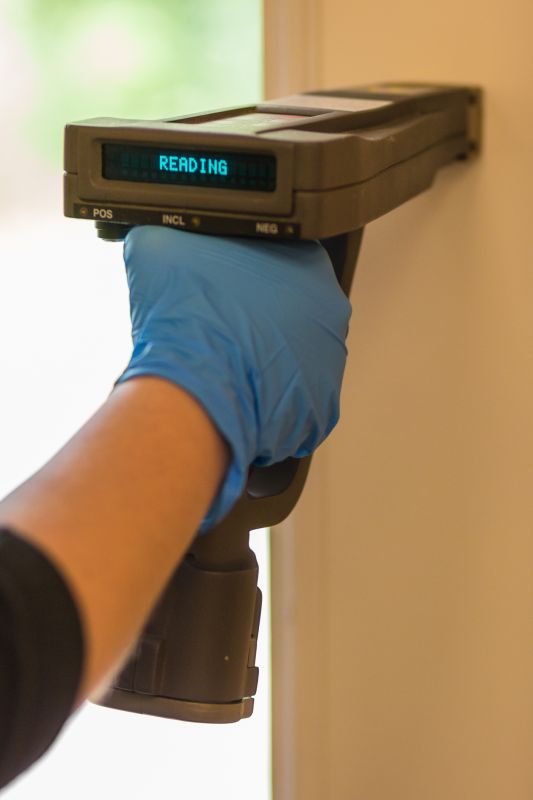
Image showing interior assessment of lead paint in a residential setting.

Image of tools and testing kits used in lead inspections.

Ways to make Lead Inspections work in tight or awkward layouts.

Popular materials for Lead Inspections and why they hold up over time.

Simple add-ons that improve Lead Inspections without blowing the budget.
Lead inspections are crucial for identifying potential hazards associated with lead-based paint and materials. These assessments are especially important in older buildings where lead was commonly used in paint and plumbing. Regular inspections help prevent lead exposure, which can cause serious health issues, particularly in children and pregnant women. According to recent statistics, lead poisoning remains a concern in numerous residential and commercial properties, emphasizing the need for timely inspections.
| Factor | Best Timing |
|---|---|
| Weather Conditions | Late spring or early summer |
| Occupancy Levels | Low occupancy periods |
| Regulatory Deadlines | Prior to compliance deadlines |
| Maintenance Schedules | Aligned with routine maintenance |
| Seasonal Accessibility | Avoid winter and heavy rain seasons |
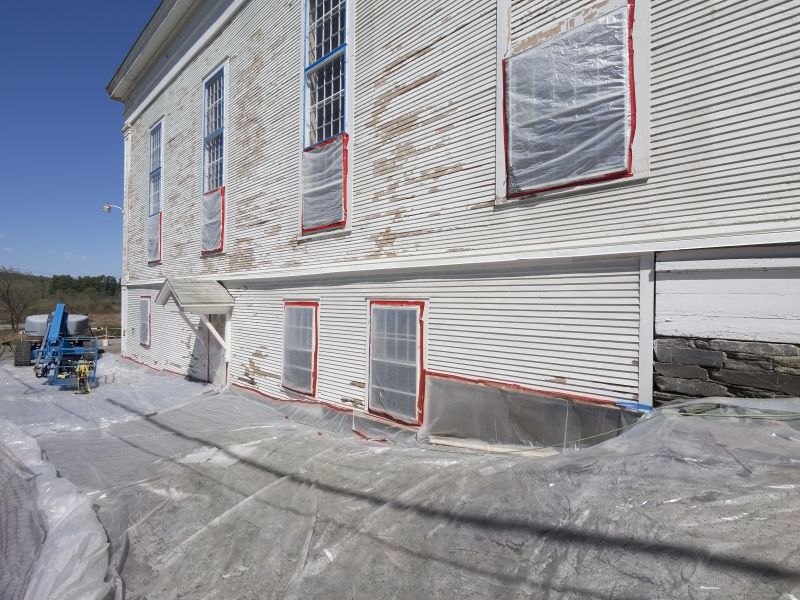
Photo of a technician performing a lead inspection on a building exterior.

Close-up of lead testing kits used during inspections.

Image of interior lead paint assessment.
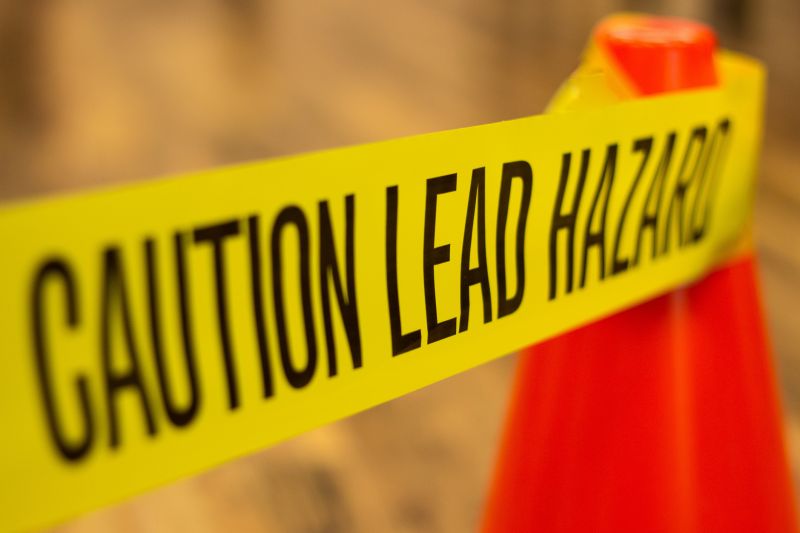
Visual of lead hazard detection in a residential setting.

Finishes and colors that play nicely with Lead Inspections.
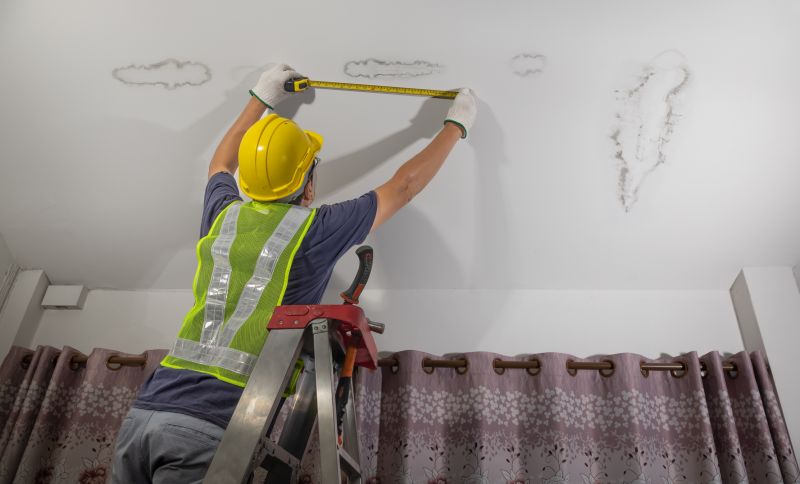
Little measurements that prevent headaches on Lead Inspections day.

A 60-second routine that keeps Lead Inspections looking new.
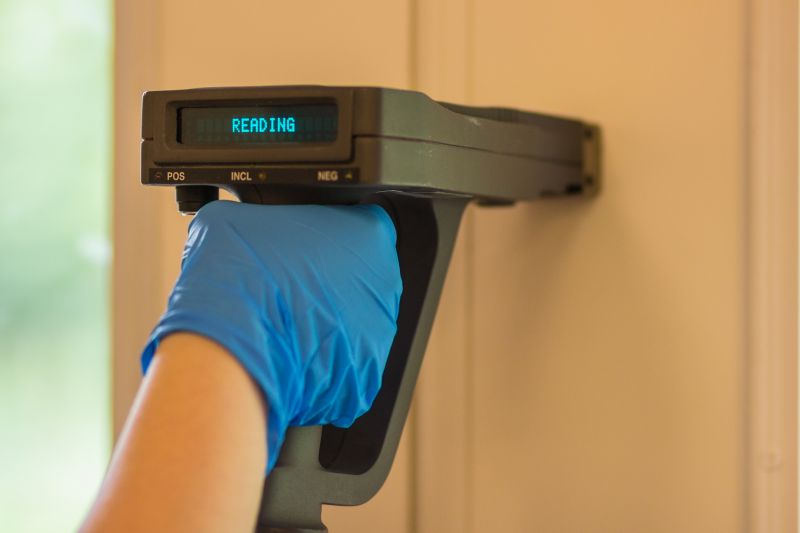
A frequent mistake in Lead Inspections and how to dodge it.
Understanding the optimal timing for lead inspections can enhance safety and compliance efforts. Regular assessments, especially in older structures, help identify deteriorating lead-based materials before they pose health risks. Early detection allows for timely remediation, reducing exposure and ensuring regulatory adherence. Property owners and managers are encouraged to schedule inspections during recommended periods to maintain safe environments.
Early detection of lead hazards helps prevent health issues and ensures regulatory compliance.
Coordinate with property maintenance and occupancy patterns for effective timing.
Assessments include surface testing, hazard identification, and reporting.
Lead inspections are vital for protecting vulnerable populations from lead exposure.
Interested property owners or managers seeking to schedule lead inspections can contact professionals to determine the best timing based on property type, location, and occupancy schedule. Proper timing ensures thorough assessments and effective lead hazard management, contributing to safer living and working environments.
